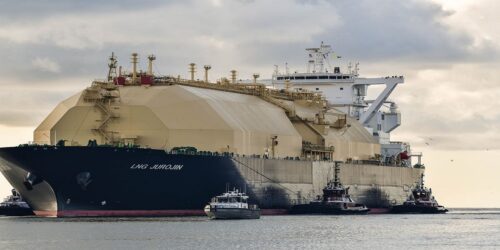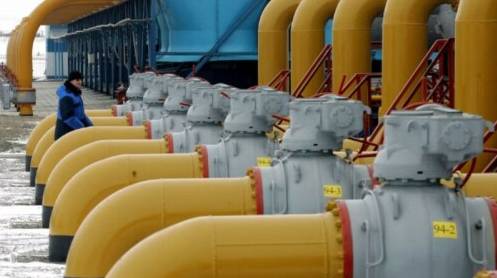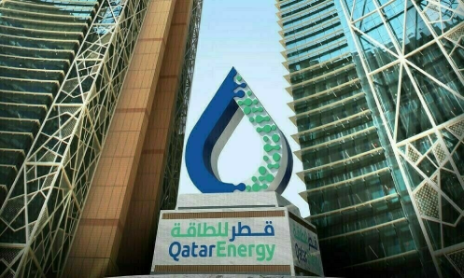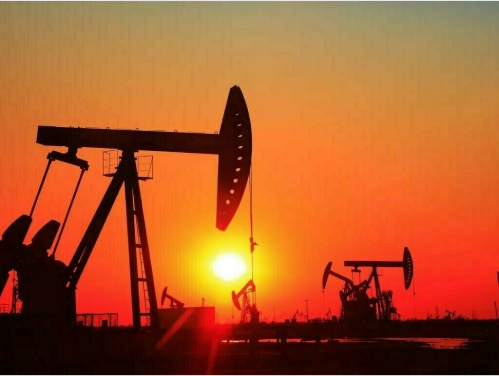A surge in Asian spot LNG prices to record highs ahead of the peak northern hemisphere winter demand season has sparked questions on where the price ceiling for the fuel is.
But the answer may depend entirely on European gas hub prices, industry participants said.
The front half-month ANEA price, the Argus assessment for spot LNG deliveries to northeast Asia, rose by $5.670/mn Btu or 15.6pc on 6 October, breaching $40/mn Btu for the first time and hit an all-time high of $42.095/mn Btu for first-half November deliveries. It surpassed its previous high of $39.720/mn Btu reached on 13 January for deliveries in the first half of February this year.
It may rise much further, depending on how European gas hub prices move, industry participants said.
“LNG prices are fully dependent on TTF now,” a trader said. “So the correct question is how high TTF [will] go.” The TTF is a virtual trading point for natural gas in the Netherlands.
“LNG prices will ensure a $3-4/mn Btu premium to TTF,” he added, with the premium accounting for the differential in shipping rates associated with delivering LNG supplies to the respective regions.
Asia tracks TTF gains
The rally in Asian spot LNG prices has mainly been driven by sharp gains in the Dutch TTF natural gas price.
The unprecedented TTF price surge has essentially intensified competition for LNG supplies between Asian and European buyers, encouraging sellers marketing volumes to Asia to lift their offers while forcing buyers to raise their bids to secure cargoes from a pool of highly sought-after supplies.
This has underscored the interconnectedness of the global gas market. “Asian spot LNG prices and the TTF have become inextricably linked,” a European trader said.
The front-month November TTF price rose by $7.734/mn Btu, or 24.1pc, from the previous day, settling at an all-time high of $39.828/mn Btu on 5 October. The ANEA price for deliveries in first-half December and second-half December on 6 October was $3.077/mn Btu and $3.402/mn Btu higher respectively than the TTF price.
Lower than average gas inventories in Europe have been the key driver for the TTF gains, with a colder than expected winter last year having led to heavy withdrawals from storage facilities and spurring current restocking.
Gas storage sites in Europe were 76pc full at 840.8TWh on 5 October compared with 95.3pc full at 1,062.5TWh a year earlier and the average 90.2pc and 991.1TWh held by inventories in the same period over 2016-20.
Other factors including uncertainty surrounding the start of gas flows through the 55bn m³/yr Nord Stream 2 pipeline from Russia into Germany, disruptions at gas fields in Norway, as well as expectations of cold weather and low wind output in Europe in the next two weeks have exacerbated concerns of gas supply availability in the region and contributed to the TTF price rally.
There are general market expectations that the TTF price will head higher as winter approaches. But possible intervention by European governments to curb soaring gas prices and a potential boost in Russian gas supplies to Europe could limit gains, industry participants said.
Winter risks
“Even if winter turns out to be normal, as long as the TTF continues going up, we will still see prices going up,” an Asian producer said.
But a colder than usual winter in Asia could greatly increase the scope for additional LNG demand and amplify the gains in prices.
“We were seeing real, strong consumer demand coming out of Asia,” a trader said referring to when prices peaked in January this year. “Almost every buyer was looking for cargoes.”
But current demand is far from any peak. Buying activity in the past few days has been led by trading firms looking to cover short positions in the Pacific, with Chinese buyers mostly out of the market with its 1-7 October national day holidays.
Japanese buyers have also mostly stayed on the market sidelines with comfortable inventories for October-December deliveries, as a generally mild summer and weak industrial demand limited LNG consumption. Japanese utilities have even been offering volumes for deliveries in November and December in recent weeks, reflecting their lack of prompt spot requirements.
But consumer demand is expected to pick up in the coming weeks to months when buyers focus on purchasing January and February supplies, especially if winter turns out to be colder than usual. Heating requirements typically peak during January and February when temperatures tend to be the lowest.
“We don’t have additional spot requirement in the fourth quarter… But if it will be very cold, we have to buy [in the] middle of winter,” a Japanese buyer said.
“It will only get worse when it starts snowing in Asia and Europe,” a trader said, suggesting that prices will likely rally further when temperatures plunge.
The Japan Meteorological Agency predicts a 40pc probability of below normal temperatures across most of the country from December to February, according to its latest three-month weather forecast published on 24 September. Only the Hokkaido and Tohoku regions are forecast to have a 30pc probability of colder than usual weather in the same period.
The seasonal forecast by Taiwan’s Central Weather Bureau, published on 30 September, has a more moderate prediction. It shows a 50pc probability of normal temperatures, as well as a 20pc likelihood of below normal temperatures and a 30pc chance of above normal temperatures across November and December.
TTF-ANEA link turnaround
The strong TTF-ANEA correlation contrasts starkly with previous years, when the TTF was generally looked at as a price floor for spot LNG prices in Asia.
“Northeast Asia had sort of always been regarded as the “premium” market for LNG… and Europe wasn’t able to exert as much influence as it does now,” a trader said.
Asian spot LNG prices hit their previous peak in January this year as Asian buyers rushed to secure cargoes to refill inventories as a frigid winter drained stocks. This occurred during a severe supply crunch caused by a spate of unplanned liquefaction disruptions in the US, Malaysia, Qatar, Australia and Indonesia.
The front half-month ANEA price had risen by $23.32/mn Btu, or 142pc, during 1-13 January when it hit its then high of $39.720/mn Btu. But the front-month TTF price had only inched up by 58.1¢/mn Btu, or 8.2pc, across the same period and was at a substantial premium of $32.032/mn Btu to the front half-month ANEA price.





